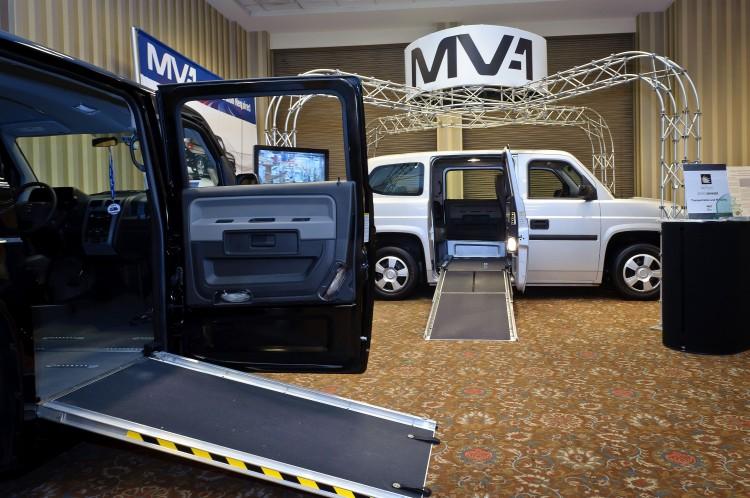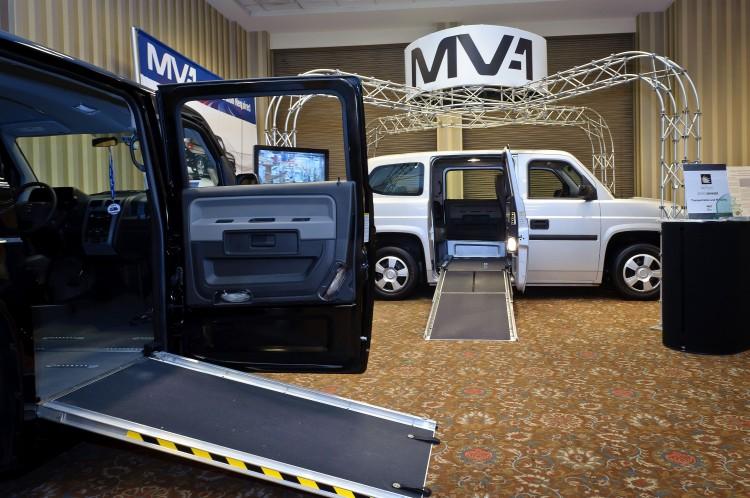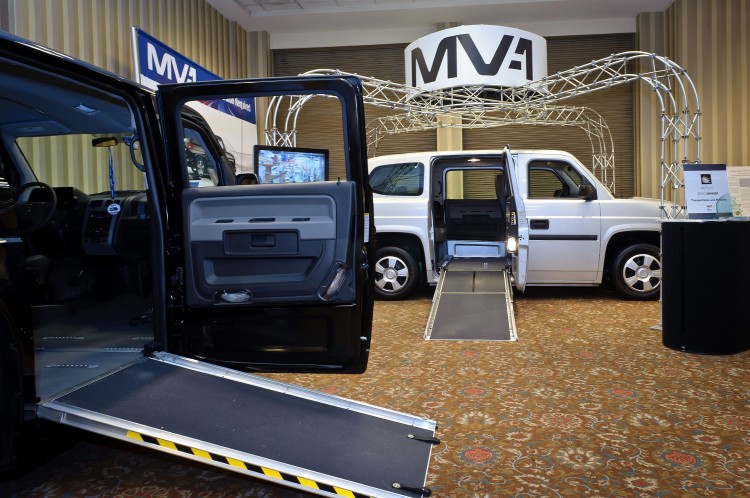The world’s first vehicle designed and built to standards for wheelchair accessibility made its debut in Canada at the Canadian International Autos Show in Toronto this week.
“The market for accessible transportation in Canada is large and it is growing rapidly along with Canada’s aging population,” Nick Grande, CEO of MV-1 Canada, the Canadian distributor of the MV-1 vehicle, said in a news release.
“The MV-1 is the world’s first factory-built wheelchair-accessible vehicle built to meet the unique physical needs of those with mobility and other disability issues and their caregivers.”
The vehicle features a retractable access ramp that disappears under the floor but above the frame to ensure it is protected from the elements and from damage from the road.
Any size wheelchair or scooter can be accommodated through a large side entryway that is extra wide and high.
A large cabin makes it easy to manoeuvre inside the MV-1. There is enough room for a wheelchair passenger up front next to the driver, as well as another wheelchair behind.
According to a 2000–2001 Statistics Canada survey, about 155,000 Canadians living in private households needed a wheelchair to get around, whether due to disease, illness, natural aging, or injury. This figure represents about 0.6 percent of the total household population aged 12 or older.
Another 540,000 individuals (2.1 percent) needed other mobility-support devices such as braces, canes, or crutches, the survey found. These individuals could later become wheelchair-bound.






